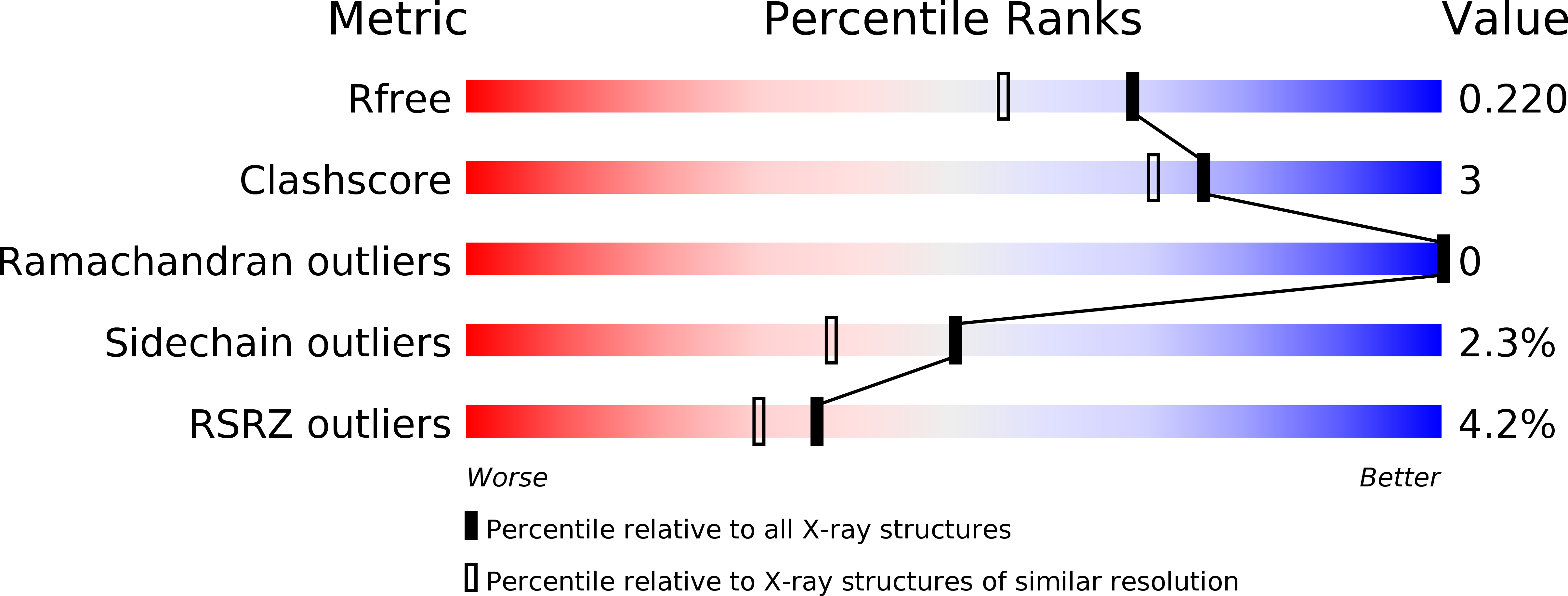
Deposition Date
2013-02-28
Release Date
2013-06-26
Last Version Date
2023-11-08
Entry Detail
PDB ID:
4JG3
Keywords:
Title:
Crystal structure of catabolite repression control protein (crc) from Pseudomonas aeruginosa
Biological Source:
Source Organism:
Pseudomonas aeruginosa (Taxon ID: 287)
Host Organism:
Method Details:
Experimental Method:
Resolution:
1.80 Å
R-Value Free:
0.21
R-Value Work:
0.19
R-Value Observed:
0.19
Space Group:
P 32 2 1


